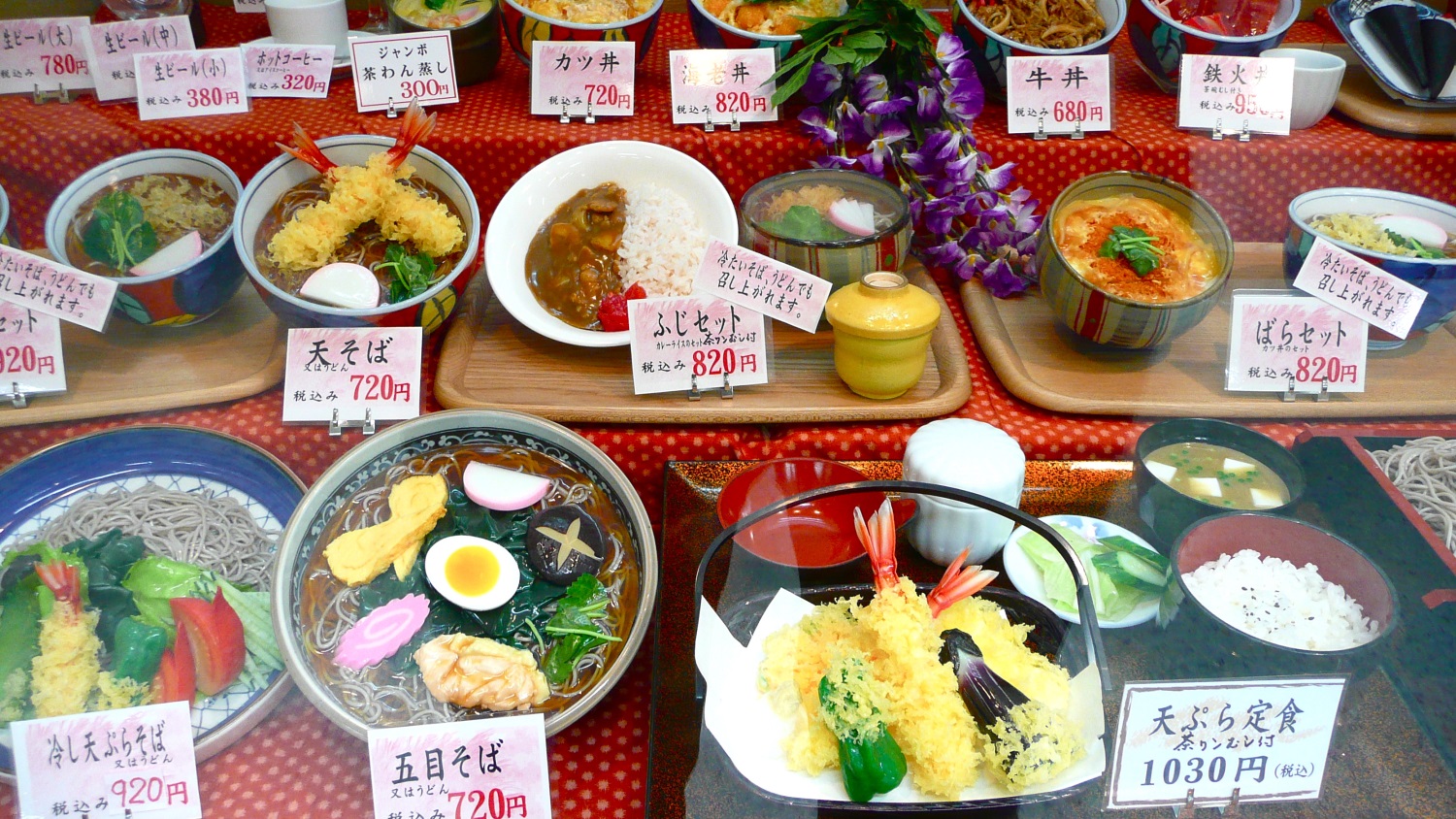
Often described as a Japanese-style pub, an izakaya is part bar, part restaurant, and the place to go for a good-value meal in a casual atmosphere. The food is designed to support the drinks, with patrons ordering a few dishes at a time from a wide-ranging menu – typically including kara-age (fried chicken), nabemono (hotpot dishes), sashimi and grilled fish, plus some international items. Aesthetically, izakaya are a mixed bag, from slick city bars to cavernous beer halls with rustic interiors.
Try: Shinsuke (Tokyo), Robatayaki Isaribi (Osaka), Jōmon (Tokyo)
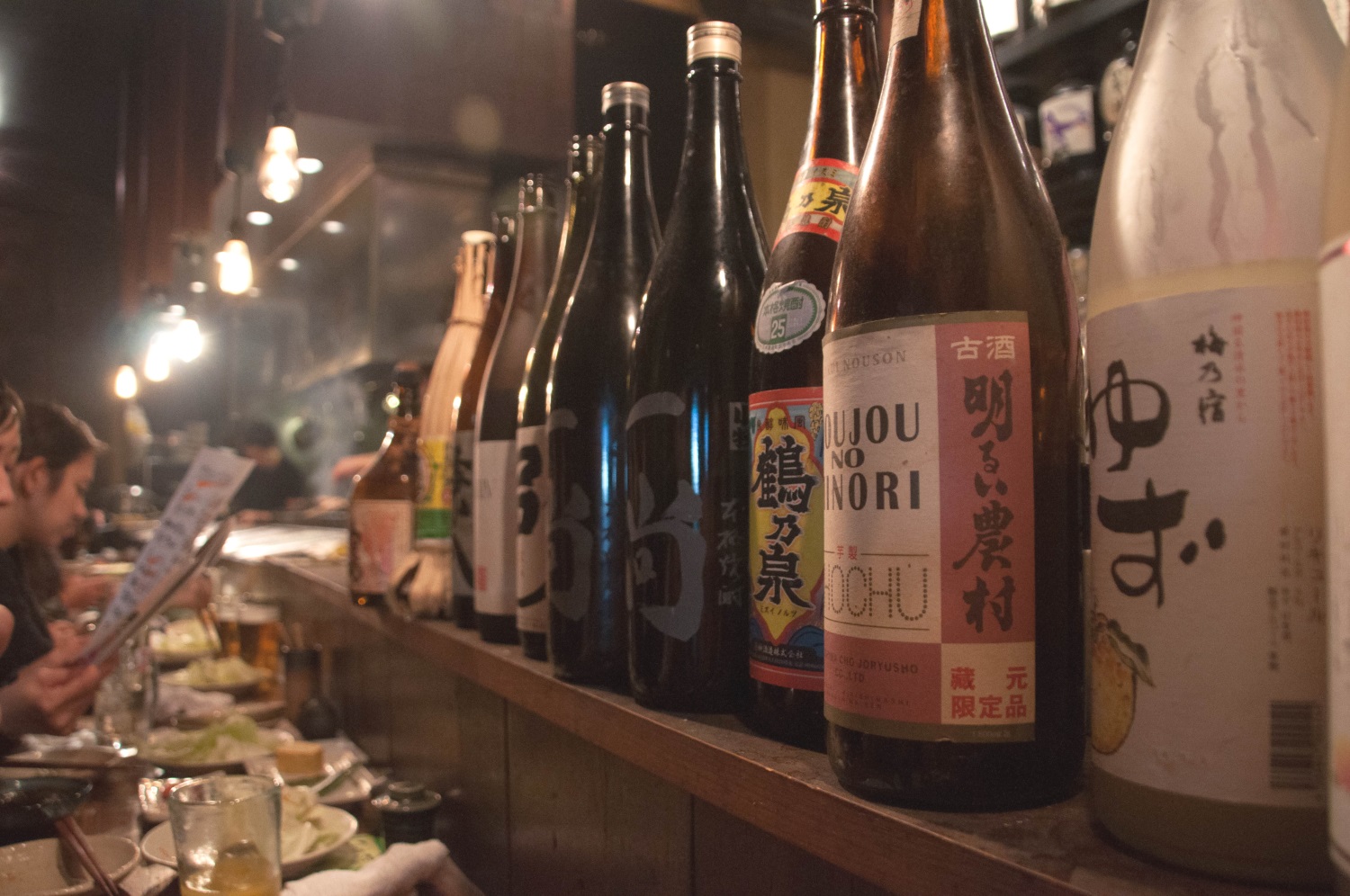
Eating out at a sushi-ya (sushi restaurant or sushi bar) is usually considered a special event. At a sushi-ya, diners order a portion at a time while the knife-wielding chefs work away behind the counter making each serving fresh. Order ‘omakase’ to let the chef choose what to serve you. Most sushi-ya also offer set courses, giving you an assortment of sushi – a good option if ordering à la carte is too daunting.
A much more casual affair is kaiten-sushi, where plates of ready-made sushi trundle by on a conveyor belt. Here you select what you want from the belt, and at the end your bill is totted up according to how many empty plates are at your side – different coloured plates indicate the different prices.
Try: Kyūbey (Tokyo), Daiwa Sushi (Tokyo), Den Shichi (Kyoto), Musashi Sushi (Kyoto), Daiki Suisan (Osaka)
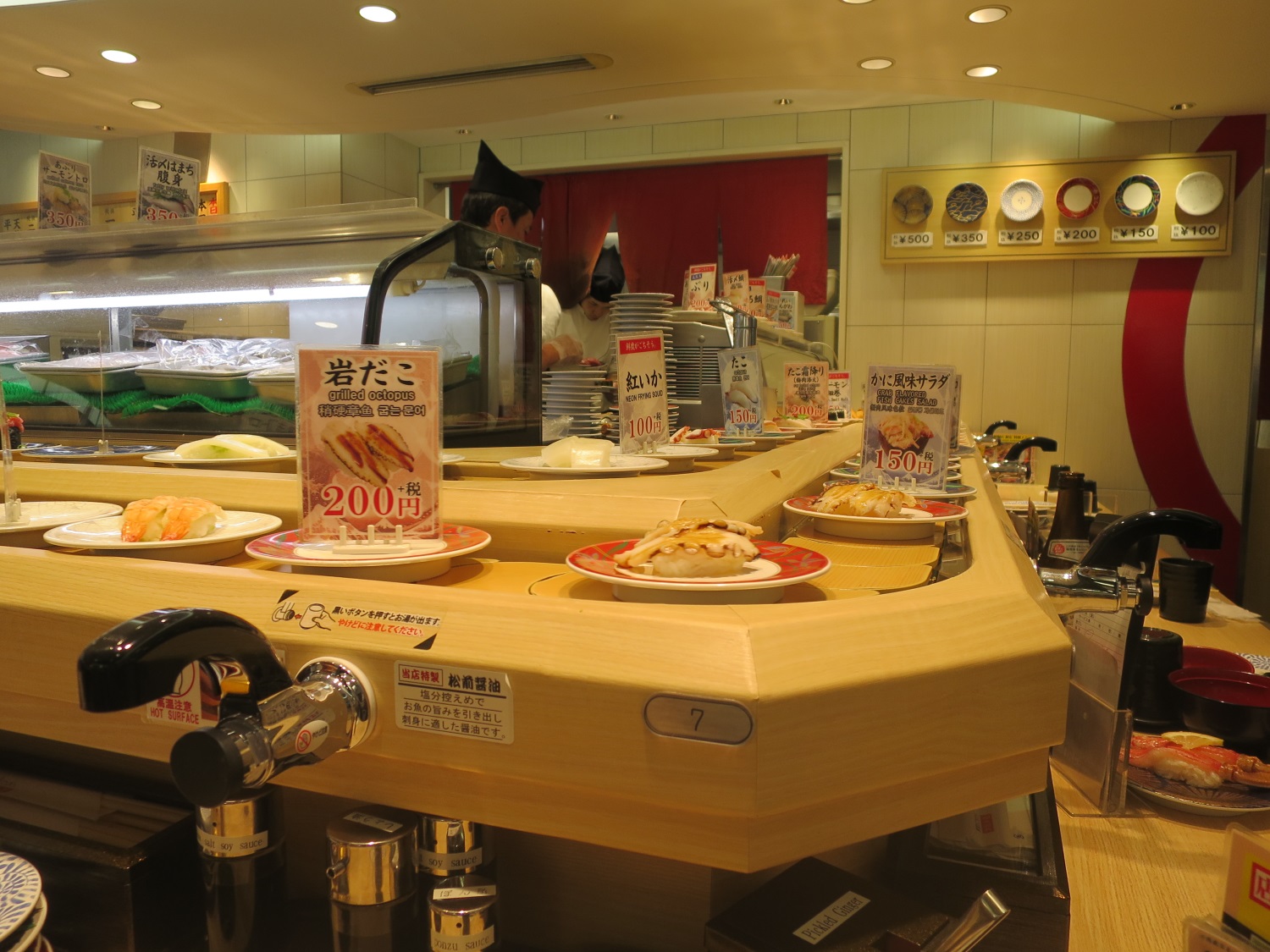
Okonomiyaki – sometimes called a Japanese ‘pancake’ or 'pizza' – is a mix of batter and shredded cabbage, with a choice of other vegetables, seafood and meat, cooked on a hotplate and slathered in a Worcestershire-style sauce and mayonnaise. At an okonomiyaki-ya, diners sit around the hotplate (called a teppan) to watch as the okonomiyaki mix is cooked, though in some places you are handed the batter to cook it yourself (don’t panic – someone will guide you if you have no clue). Different regions have their own twist on the standard, but Osaka and Hiroshima are two of the cities doing it best.
Try: Chibō (Osaka), Hassei (Hiroshima)
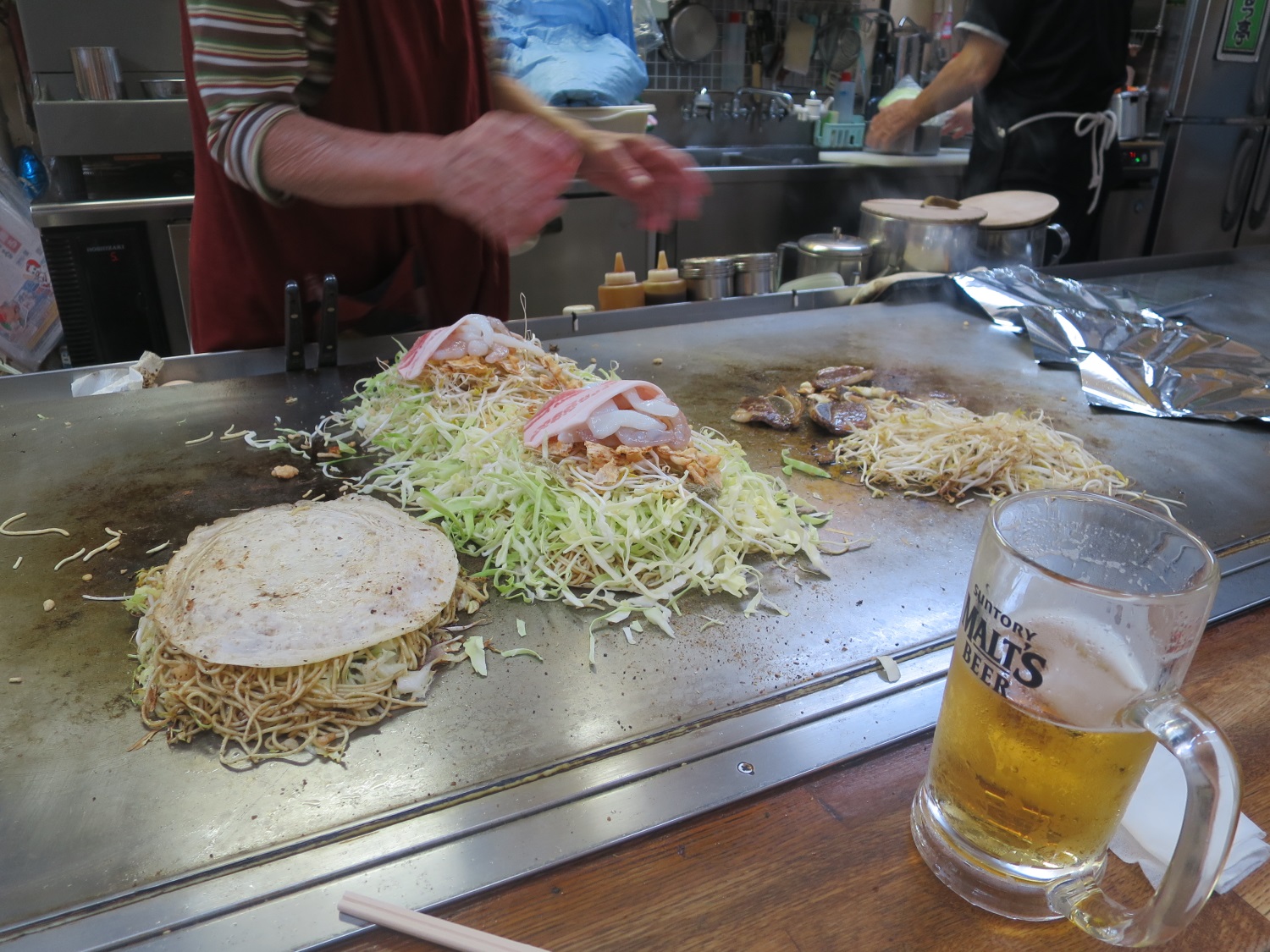
Though ramen originates in China, the Japanese have made it their own. These thin egg noodles are served at ramen-ya all over the country, with locals often happy to queue for their lunch breaks just to quickly slurp down a bowlful. Slurping the hot noodles is key – it’s considered polite to do so. Ramen comes in a pork-, soy- or miso-based soup, with toppings such as sliced roast pork, chopped leek and bean sprouts.
Try: Afuri (Tokyo), Ichiran (Hakata), Rāmen Yokochō (Sapporo), Kinryū Rāmen (Osaka), Ippūdō (Kyoto)
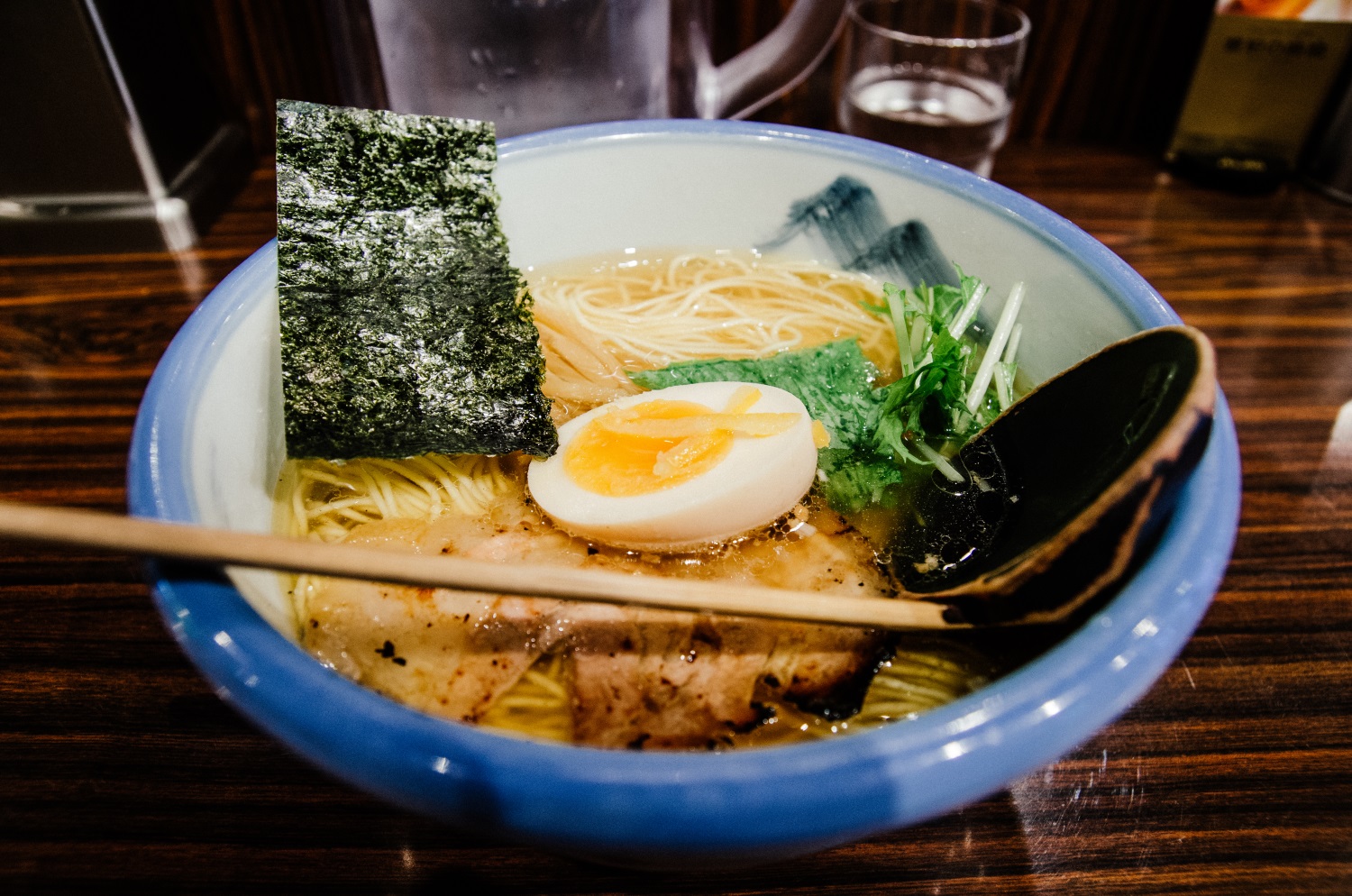
A popular post-work refuge, yakitori-ya are informal restaurants specialising in skewers of charcoal-grilled chicken (yakitori), usually basted with a sweet brown sauce or sprinkled with salt – a moreish accompaniment to a cold glass of beer or sake. As well as various white-meat chicken options, yakitori-ya also serve chicken livers, chicken skins and grilled vegetables.
Try: Bird Land (Tokyo), Omoide-yokochō (Tokyo)
Most Japanese noodle places, known collectively as men-dokoro, serve both udon (thick white wheat noodles) and soba (thin brown buckwheat noodles). The noodles usually come in a light, bonito-based broth with toppings such as spring onion, tofu and tempura. Typically soba and udon are served hot, but cold noodles (zaru soba) are a refreshing summertime treat. Soba-ya and udon-ya are found in every price bracket, from the upscale specialists with closely guarded broth recipes, to the standing-only noodle joints found at train stations. As with ramen noodles, soba and udon should be slurped – don’t be shy.
Try: Kanda Yabu Soba (Tokyo), Omen (Kyoto), Kawafuku (Takamatsu), Imai Honten (Osaka)
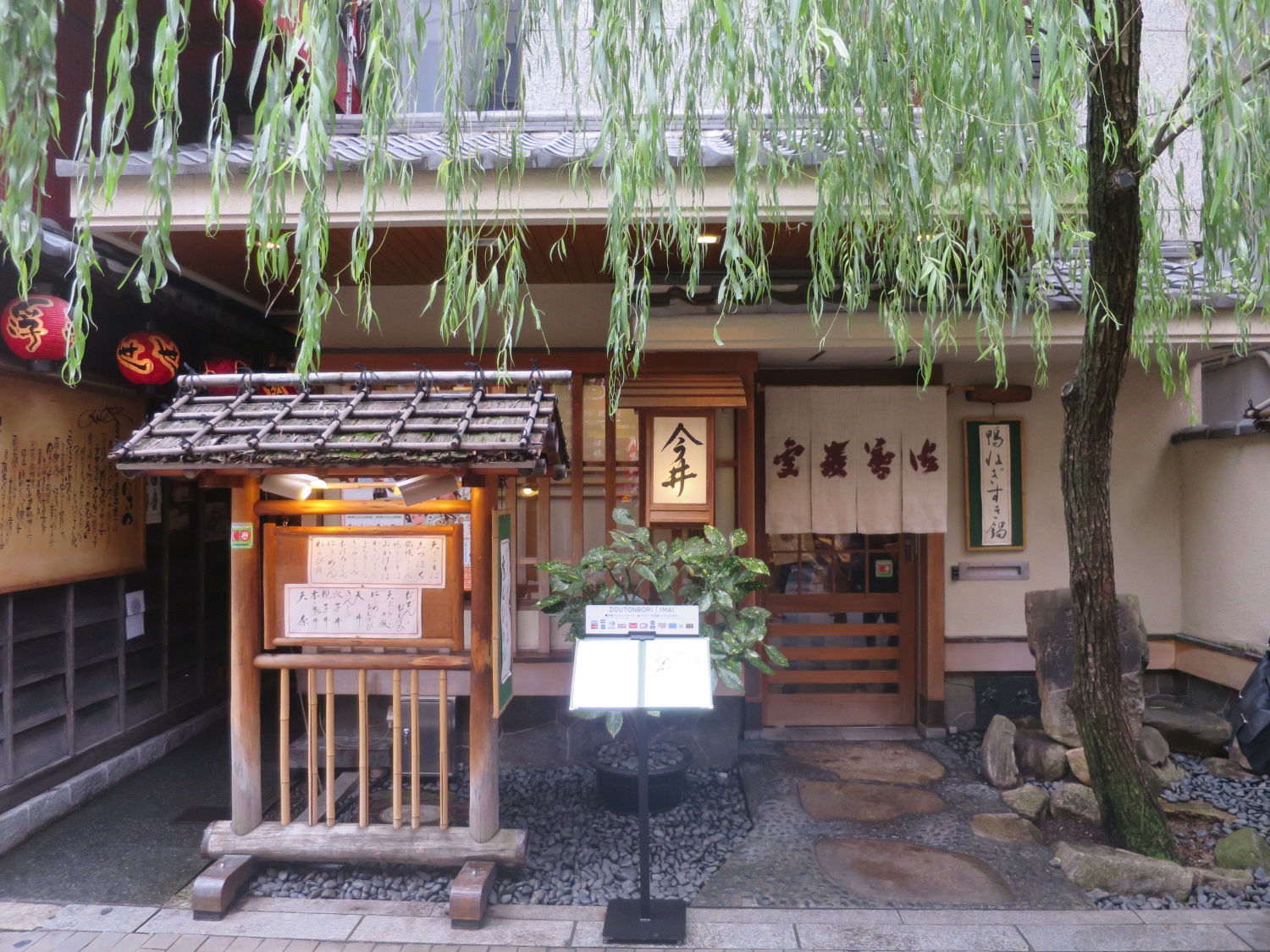
Don’t expect the eye-watering vindaloo or coconut-infused dishes you order back home – Japan has developed its own particular style of curry, featuring a milder, slightly sweeter gravy-like sauce. You can usually find curry on menus at shokudō, but kare-ya (pronounced ka-ray-ya) are the specialists. These aromatic outlets offer the full gamut of curry options, from basic sauce with rice (kare-raisu) to curry with various toppings, such as crumbed pork cutlet (katsu-kare), and at the ‘heat’ level of your choosing.
Try: Tokyo Curry Lab, Shinsaibashi Madras 5 (Osaka)
Sukiyaki and shabu-shabu are both nabe (hotpot) dishes prepared over a fire in the centre of the table. Restaurants serving these are popular for special occasions. Sukiyaki consists of thin slices of beef, vegetables and noodles cooked and simmered in a slightly sweet soy broth, then dipped in raw egg before eating. With shabu-shabu, the thin beef slices and other ingredients are cooked by swirling them in a hot broth, before dipping them in a variety of sesame- and citrus-based sauces. Sukiyaki-ya and shabu-shabu-ya usually have traditional decor and sometimes a picture of a cow at the entrance.
Try: Matsukiya (Tokyo), Mishima-tei (Kyoto), Kōbe Plaisir (Kōbe)
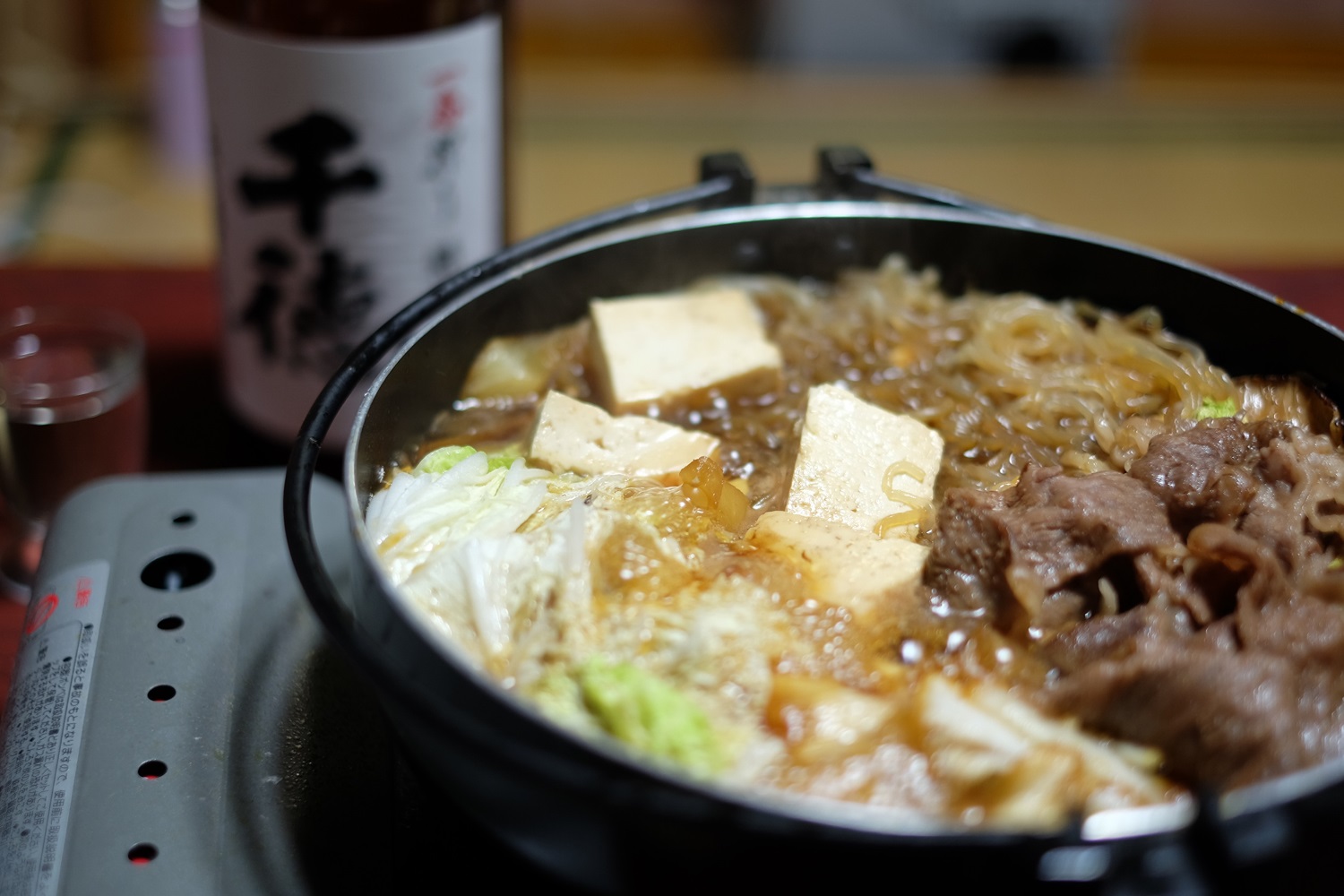
Portions of fish, vegetables and prawns are lightly battered and fried at these tempura specialists. The fried items – best eaten hot – come with a light dipping sauce and grated Japanese radish. While it’s possible to order individual dishes at tempura-ya, most diners go with a teishoku (set course), which includes rice, miso soup and pickles, with your choice of number of tempura pieces.
Try: Tsunahachi (Tokyo), Daikokuya (Tokyo), Shunsai Tempura Arima (Kyoto), Yoshikawa (Kyoto)
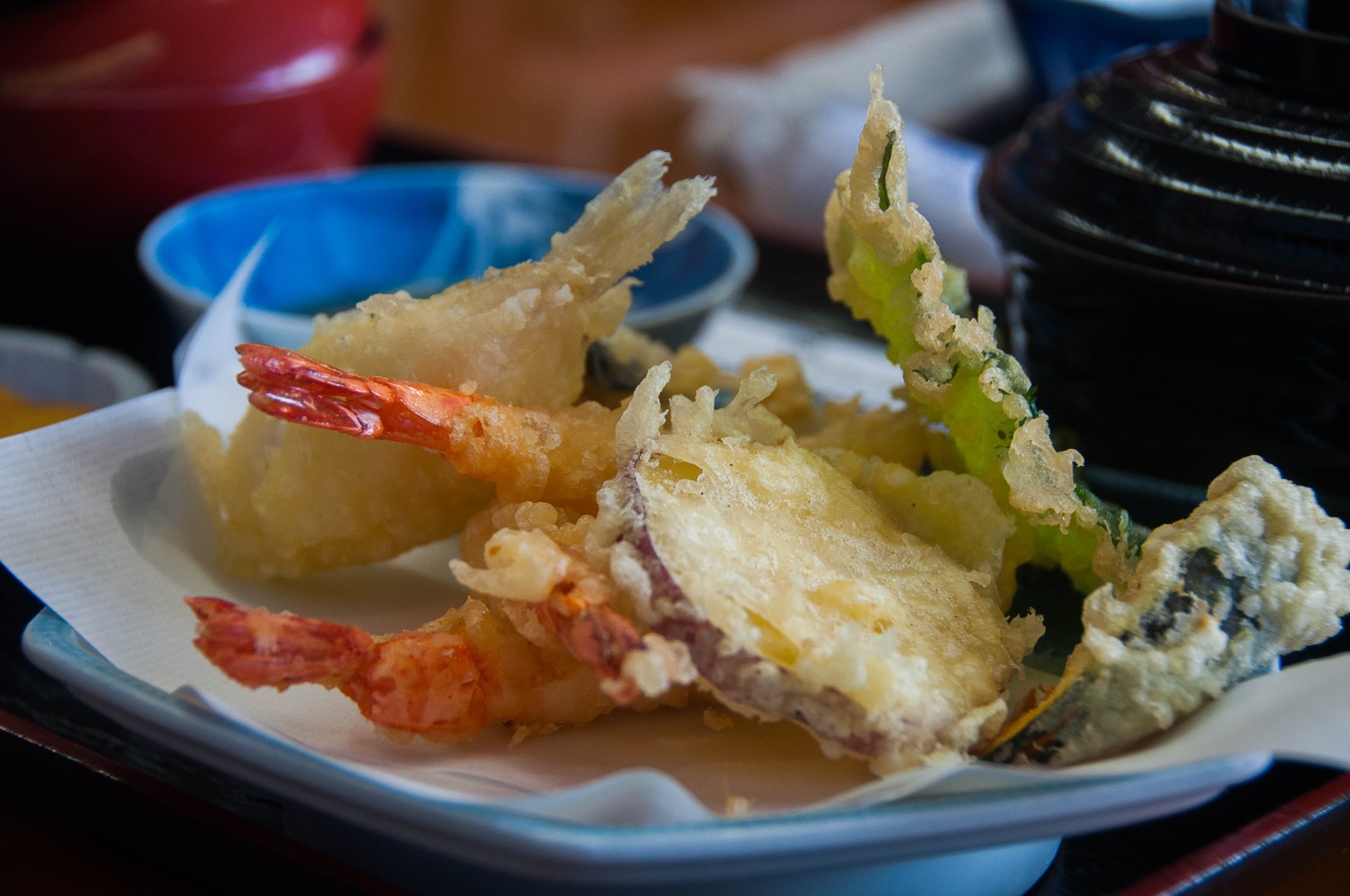
These restaurants are dedicated to the art of deep-frying crumbed pork cutlets (tonkatsu), which are served with a special sauce, shredded cabbage and various sides. When ordering, you are able to choose between a fatter (rōsu) or leaner (hi-re) cut of pork.
Try: Tonki (Tokyo), Yabaton Honten (Nagoya)
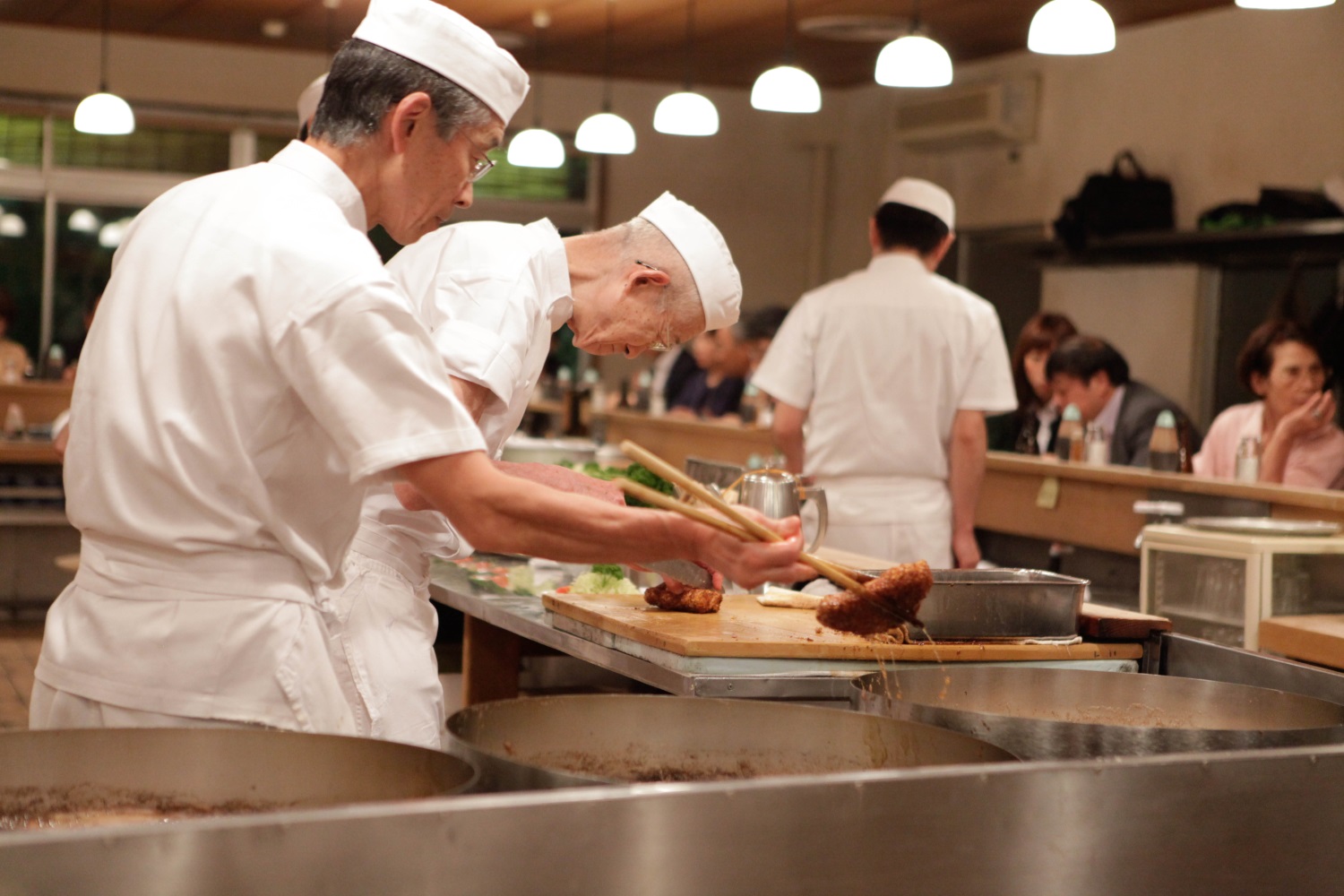
These elegant establishments offer a highly refined traditional Japanese dining experience, especially good for experiencing kaiseki – a multicourse event of carefully presented vegetable and seafood dishes using the best seasonal ingredients. Tatami-floored (woven straw matting) rooms, hanging calligraphy scrolls, flower arrangements, and politely aloof kimono-clad waitresses are standard.
Try: Kiyamachi Sakuragawa (Kyoto), Kikunoi (Kyoto)
Unagi is the Japanese word for ‘eel’, and unagi-ya specialise in – you guessed it – eel dishes. The eels are typically grilled over hot coals and brushed with a rich, tasty sauce of soy and sake, served with or without rice. Unagi-ya are more likely to be busy in the summer months, when eating eel is said to bring relief in the heat.
Try: Kyōgoku Kane-yo (Kyoto), Izu-ei Honten (Tokyo)
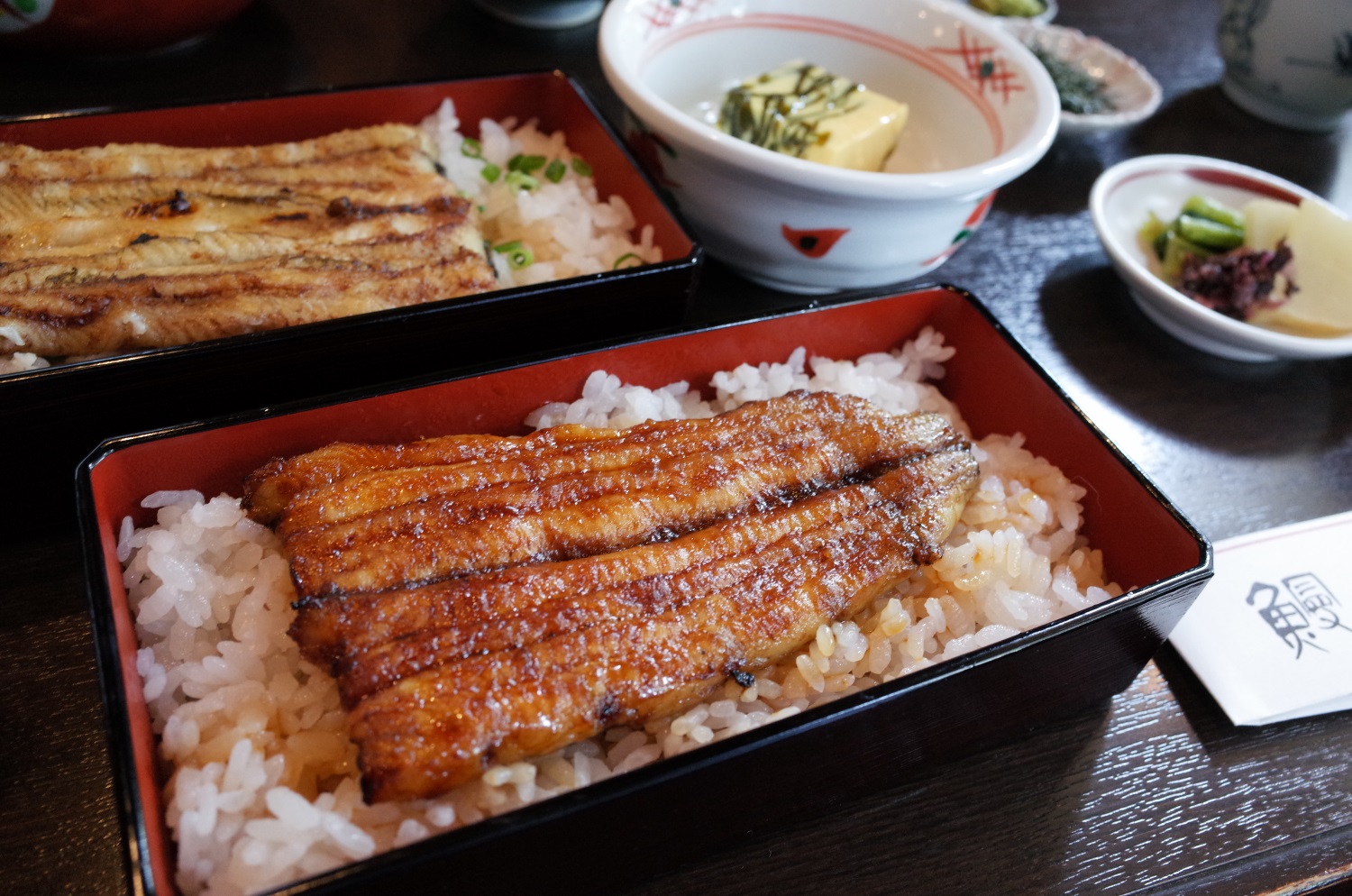
If you want to choose from a range of dishes at a low price, a shokudō is often a safe bet, if not the pinnacle of Japanese dining. These casual restaurants tend to be located around train stations, in shopping malls and tourist spots, with plastic food displays in the window – great for travellers unsure about what exactly they’re ordering. Expect menus with a variety of Japanese and international-style food, with standards such as donburi (rice topped with meat and sauce), noodles, omu-raisu (savoury rice wrapped in omelette), curry, spaghetti and pizzas. A shokudō teishoku – a main dish with a side of miso soup and pickles or salad – is a filling good-value favourite at lunch.